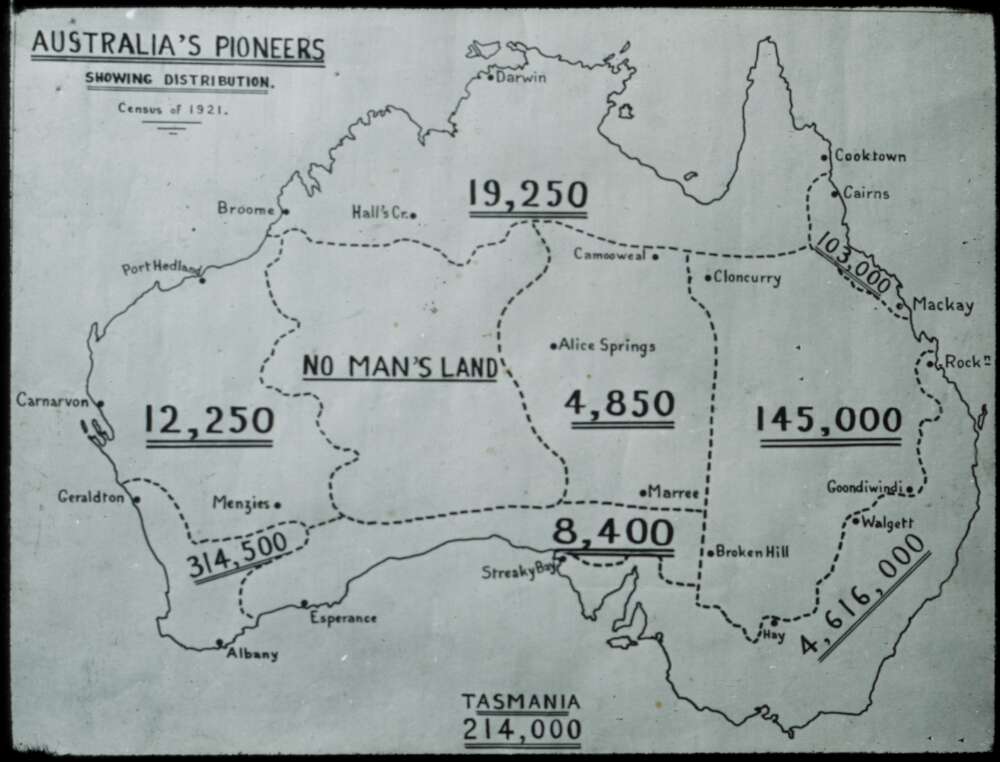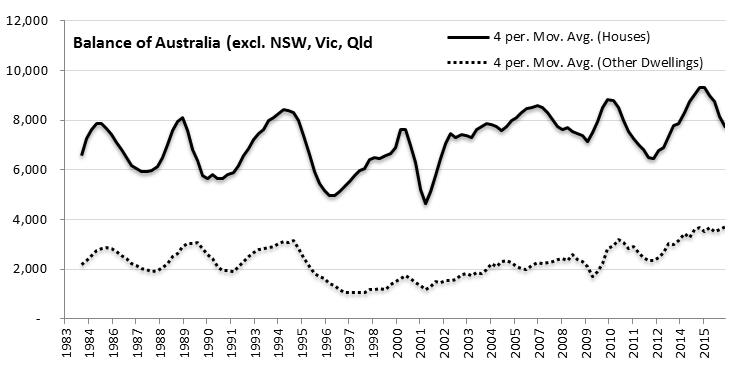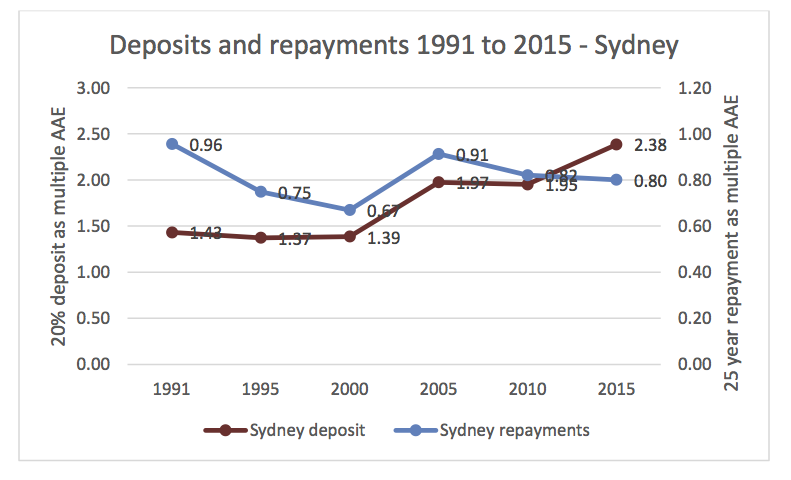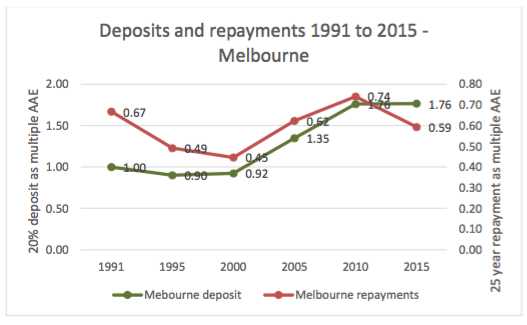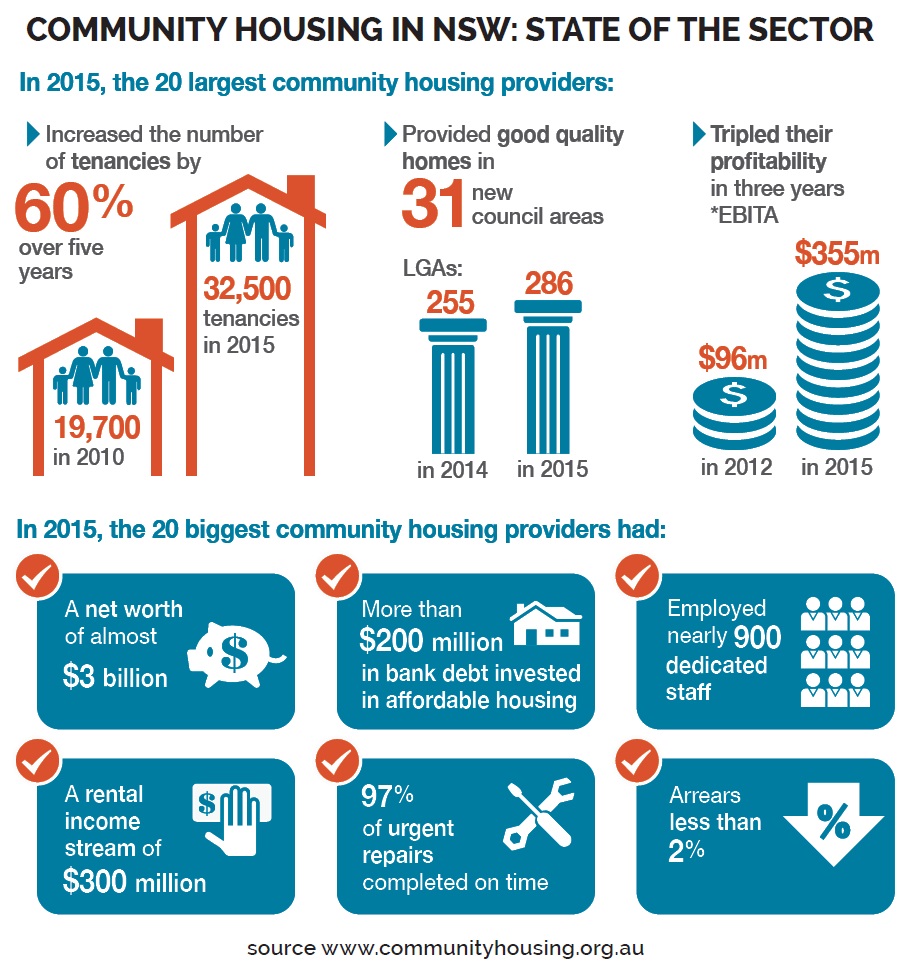By Susan Thompson, City Wellbeing Program, City Futures Research Centre.
At a recent mid-winter Planning Institute of Australia breakfast Kerry Robinson, General Manager Blacktown City Council, and I considered the ‘30 minute city’ following the launch of then Prime Minister Malcolm Turnbull’s ‘Smart Cities Plan’ at the National Cities Summit. The 30 minute city is defined as ‘one where, no matter where you live, you can easily access the places you need to visit on a daily basis’. This is a city which provides real equity to its inhabitants. Now that there is a new government in Canberra with Mr Turnbull remaining at the helm, it seems fitting to revisit what we said about the 30 minute city as government moves towards this vision!
We both support the idea. This blog post presents my broad reflection on the 30 minute city, both its opportunities and challenges. In a second post we’ll present Kerry’s thoughts about the City of Blacktown in Sydney’s west and the challenges to deliver a 30 minute city for its residents.
*
There are some obvious health and wellbeing problems associated with the ‘big city’. Our physical and mental health is being constantly compromised by the way we live in these sprawling metropolitan centres. We get insufficient physical activity from long commutes; we are less connected with each other, spending long times away from neighbourhood communities and families; we don’t eat healthy food because it’s easier to grab take away and let’s face it, many of us are exhausted by the end of the day! Physical inactivity, social isolation and poor eating habits are the result – and each one of these are risk factors for chronic disease – the conditions that plague populations across the globe. Diabetes is of particular concern, and in reflecting on Blacktown, it is disturbing to note that Western Sydney is the diabetes hot spot of the city. Coupled with these health issues, the ‘big city’ poses serious environmental problems, not the least greenhouse gas emissions from car use.
So what would a ‘30 minute city’ mean? Is this just a romantic notion of returning to a former way of life where neighbours looked out for each other and there was more time to smell the roses and enjoy a slower pace of life? For sure there are potential health and wellbeing gains from the thirty minute city. But there are challenges as well. I’d now like to consider what these are.
The 30 minute city is about living closer. This has implications for how we live. We need to be more conscious of others’ needs when they are very close by. How do we negotiate conflict around everyday living practices? Some of the issues that are now problematic – noise, smoking, pet ownership, parking – how do we sort these things out?
The 30 minute city is about sharing. We could start to see much less consumption as we share big things like cars and smaller household items too (with less space, who needs to clutter up their apartment with things that used infrequently. And what might be the implications of less consumption for our economy as it is currently structured? This might herald an evolution from the present individualistic focused culture to a more communally focused way of living. Helping each other more? Across the generations, bringing older and younger closer together; able helping those who are less able, possibly addressing a culture of inequity. Such a scenario could force a shift in thinking about ‘growth’ and how our economy can still serve us well in a sustainable and non-consumerist way. Planners might be interested to have a look at Yvonne Rydin’s book ‘The Future of Planning: Beyond Growth Dependence’ (2013, Policy Press).
The 30 minute city is about public spaces, rather than private spaces. For some this will mean a cultural shift in the Australian way of life, letting go of that fixation on the private spaces of home as THE most important space (in the real estate dominated city of Sydney, this seems like a tall order!). Planning, designing and constructing great inclusive and exciting public spaces for everyone in the community to share will need to be our mantra. So too will be the provision of green open space which is essential for our physical and mental wellbeing. Private space will still be important, of course, but it will take second place to the public realm. There will need to be a new awareness of responsibility for caring just as much for communal space.
The 30 minute city is about using spaces differently. Consider this in relation to the space on the street: we can grow more food in urban agricultural undertakings; we can create spaces to sit and linger… this is about reimagining the streets as places to be in, enjoy and meet with friends and community. Green spaces will be used for recreations, community gardens, dog parks, children’s playgrounds, senior citizens’ outdoor gyms and no doubt other things as well. This will put pressure on this valuable resource. Paths will be much more about active transport and good connections to public transport – to get to the next 30 minute city! And I think that public spaces such as libraries – we may well need 35 libraries for 500,000 people – will become more and more important in this new way of living. Libraries are increasingly used by kids do their homework; are where parents and carers take their children for educational activities and entertainment; and where older folk meet up for groups such as craft and art classes and the health beneficial socialising, as well as get books and other things to borrow. There is every possibility that public libraries will be the community’s central sharing hub in the 30 minute city!
The 30 minute city is about refocussing attention on regional development. Can the development of the 30 minute city refocus our attention on regional cities – how can we develop these as great liveable environments, while connecting them to other cities and the broader national economy? Conversely, does the 30 minute city buck the global trend of movement to urban areas?
So what does all of this mean for planners and their role? What issues will they need to address in helping to create the 30 minute city?
Here are my suggestions as to what planners will need to be doing:
- Work alongside the development industry, encouraging developers to be part of the 30 minute city picture by contributing to great public space, lots of green space, providing car share spaces and community hubs like the new libraries.
- Really understanding what is important to a community – AND in doing this, bring the community along to embrace the 30 minute city.
- Create a denser city that privileges people first, the car last and that has design of great public spaces at its heart (think Jan Gehl!).
- Be open to/ flexible about so called ‘unorthodox’ use of space – there will be no orthodoxies!! Be willing to test out ideas – allow pop-ups; temporary installations… and evaluate how they work and then decide about permanency.
- Work with the multi-disciplinary evidence that supports the creation of the 30 minute city and communicate that convincingly to the decision makers. A lot of this evidence is outside planning but is central to the way our environments are planned, designed, constructed and managed. Some of it resides in health; some of it in environmental sustainability and low carbon futures.
- Challenge silo-ways of thinking and budgeting – if we create an environment that is health supportive, then we need funding from health and an acknowledgment that this will ultimately reduce the costs of health care – and this surplus then needs to come back to planning!
- Engage in education – both for others and self. It’s clear, education plays a big role here!
Want to read more about the 30 minute city? A recent article in Sourceable might be of interest! Let us know what you think and whether you can see this vision as a realistic and desirable one.




